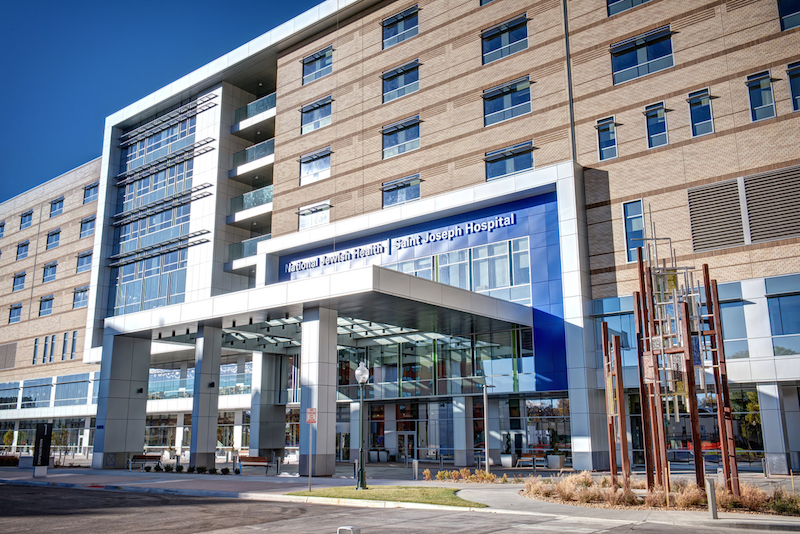The benefits of prefab
A recent article in Medical Construction and Design magazine discussed the ways a number of construction companies have increased sustainability efforts in their work. There are many opportunities, it said, to recycle on healthcare building projects, such as by salvaging existing structures or prefabricating products. A closer look at Mortenson Construction‘s work on a Denver hospital demonstrates the benefits of prefab.
Waste from construction
The MCD article stated that new construction creates over 4 pounds per square foot of waste, meaning an average medical facility would result in over 1 million pounds of waste.
While this waste is a natural by-product of growth and construction, there are ways to minimize it. For example, McCarthy Building Companies‘ reuse of existing concrete walls on a California medical pavilion resulted in almost 6,000 tons of recycled waste on the project as a whole, and Robins and Morton’s reuse of materials for a Massachusetts hospital had similar positive outcomes.
While recycling and reusing materials as these companies and many others have done is a well-known method of reducing waste, prefabrication also proves highly effective.
Prefabrication
Building components of a project offsite is becoming increasingly common in construction, and Mortenson’s recent work in Denver proved just how beneficial prefabrication is in minimizing waste. The company released a study of their project that analyzed how their use of prefabrication reduced the time and money they spent on the project. A few main points of the study show that prefab:
- Saved over 29,000 hours in labor
- Saved over $4 million on indirect costs
- Reduced site congestion and safety concerns
- Sped up scheduling
On just this one project, Mortenson was able to save great amounts of time and money. These savings, which can then be passed on to consumers, have indirect effects on the environment. Thousands of hours in saved labor means thousands fewer hours powering tools and machines with non-renewable electricity. Less time and money spent means more can be invested in other sustainability efforts on future projects. Paired with other sustainable tactics such as recycling materials, construction companies have an increasing ability to protect the environment when completing projects.
Prefabrication, combined with modularization, increases productive and ROI. See our blog post on modularization for more information on both the direct and indirect benefits of these two techniques.
Title image via businesswire.com.





Sorry, the comment form is closed at this time.